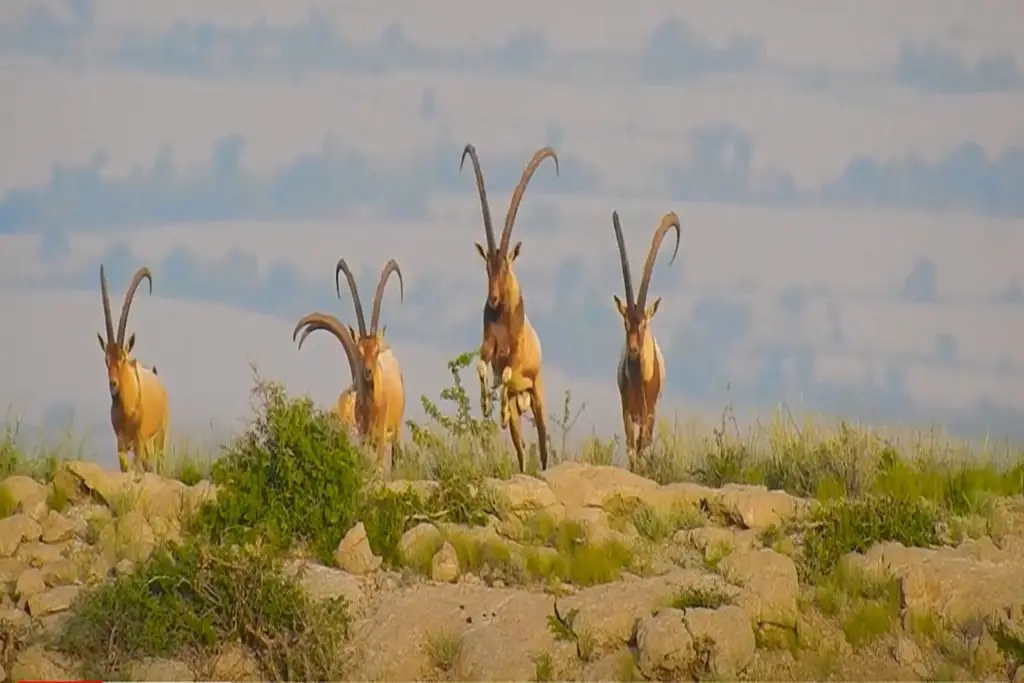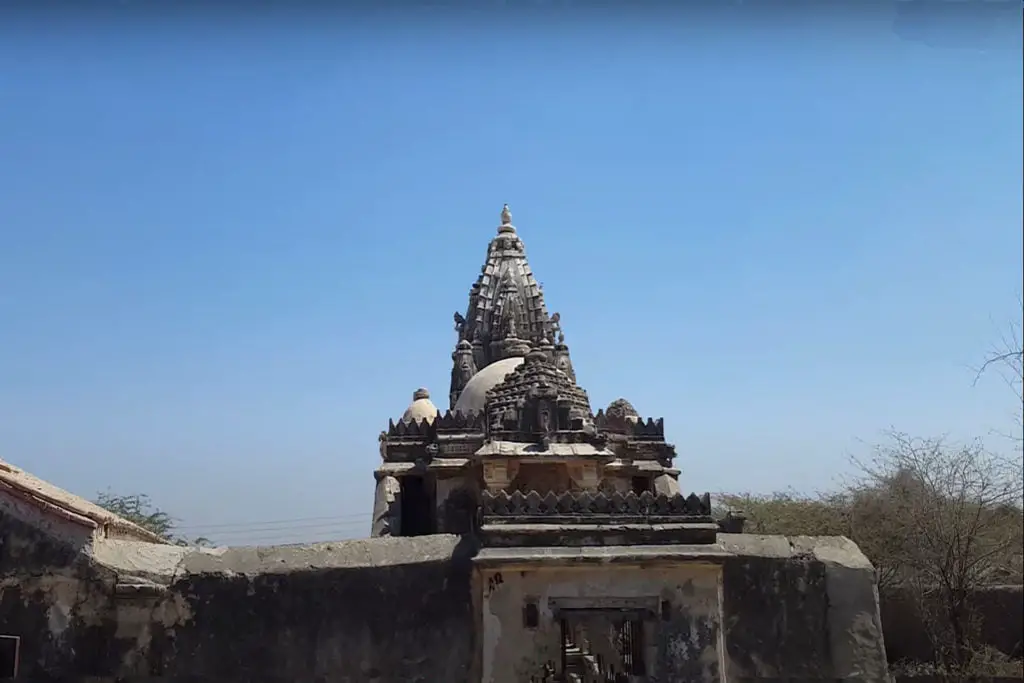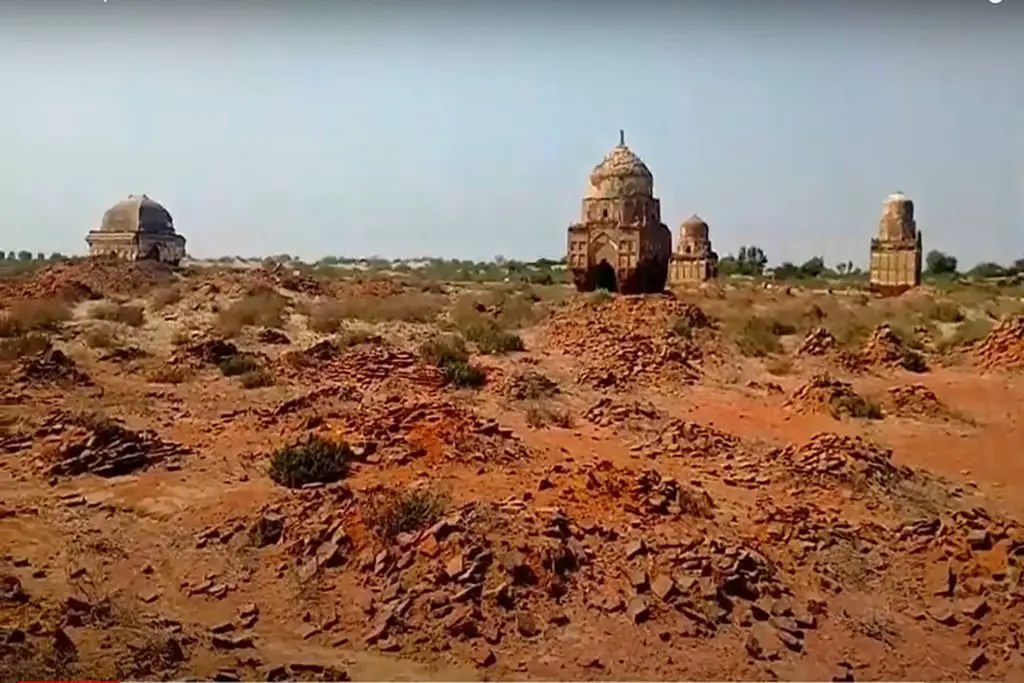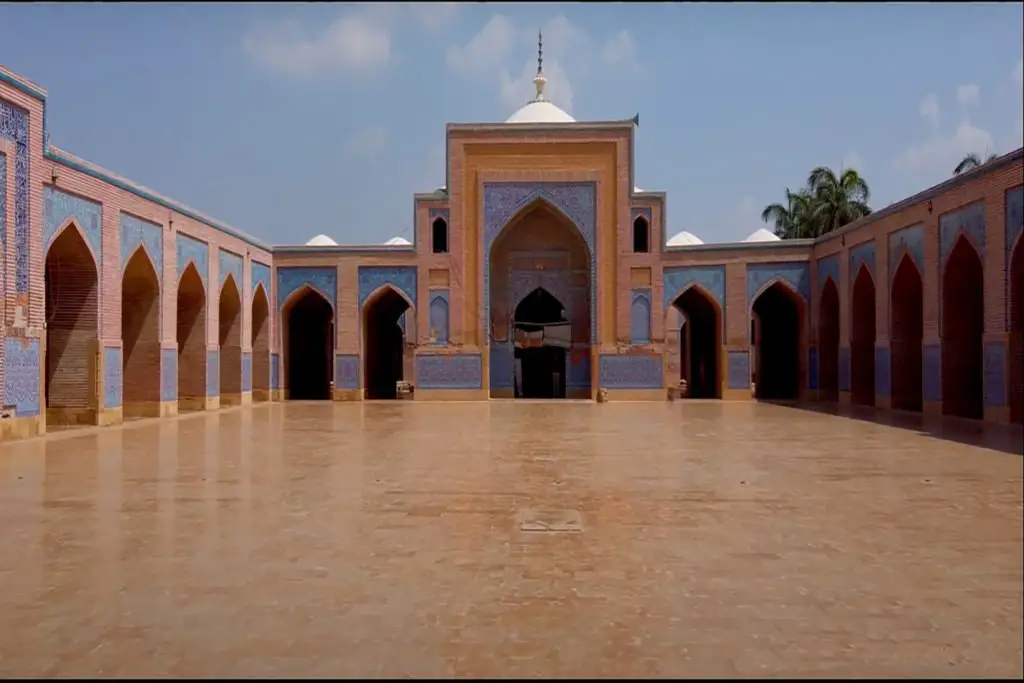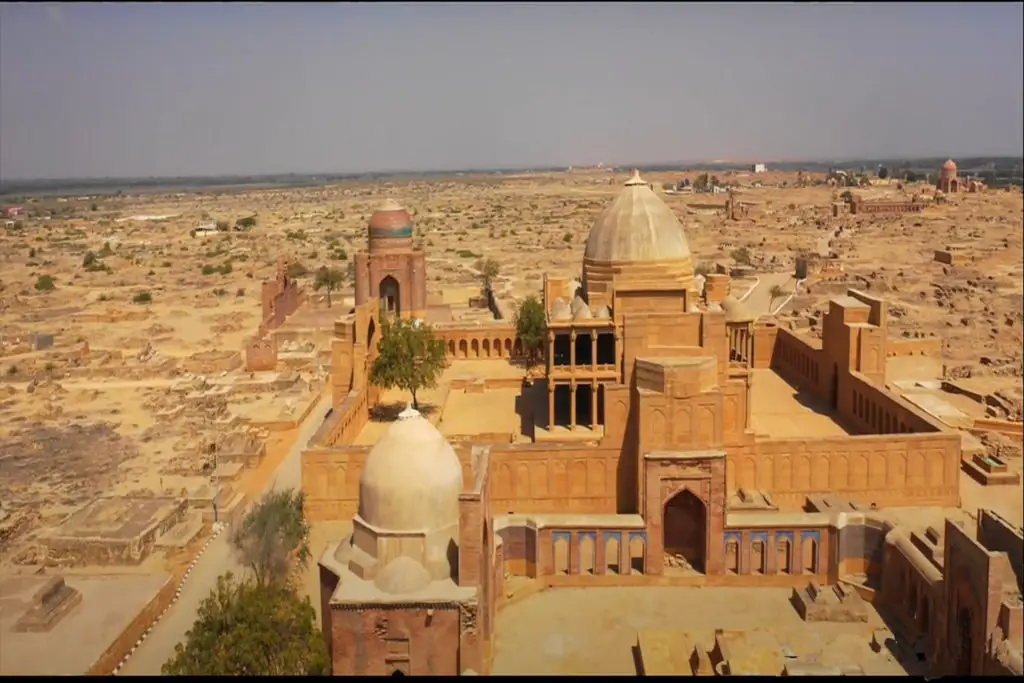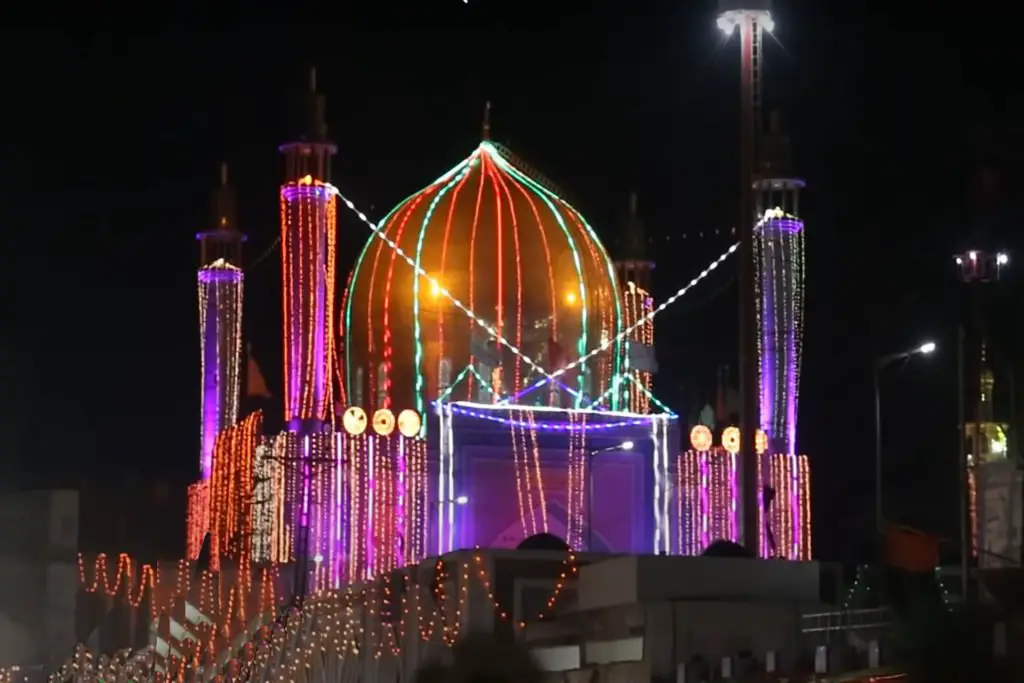Kirthar National Park is Pakistan’s second-largest national park (Hingol National Park is now the largest). It is also the first national park from Pakistan to be included in the list of United Nations National Parks worldwide in 1975.
Location of Kirthar National Park
Kirthar National Park is located in the Jamshoro Mountains of Pakistan. The park was established in 1974 and covers an area of over 3,087 square kilometers (1,192 square miles), making it the third largest national park in Pakistan by size after Central Karakoram National Park and Hingol National Park.
The park is accessible by four-wheel drive vehicles, while two rest houses belonging to the Sindh Wildlife Department are available for tourist accommodation.
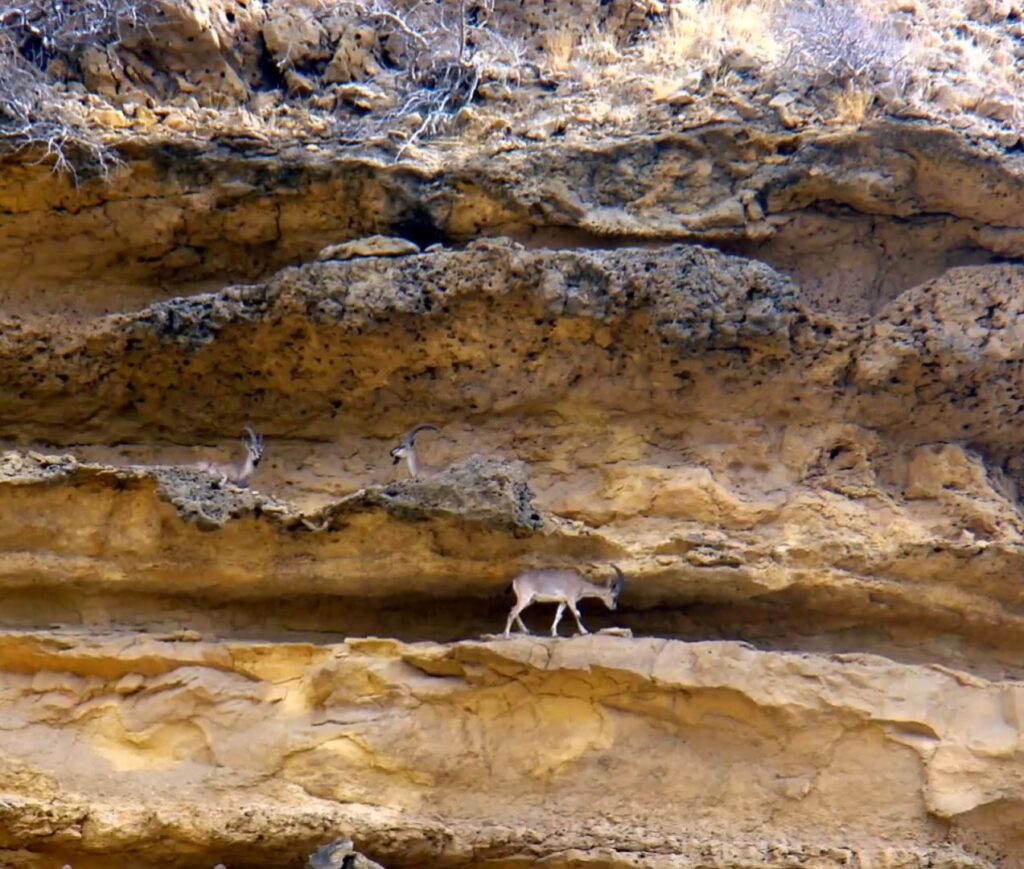
Kirthar is an area of outstanding beauty and cultural heritage that provides an important habitat for a variety of mammals, birds, and reptiles characteristic of the arid subtropics. Approximately one-third of the park lies in the north of Karachi district and two-thirds in the southwest of Dadu district.
Kirthar National Park is part of a protected area complex of 447,161 ha, bordering the Mahal Kohistan Wildlife Sanctuary (70,577 ha) to the south and the Hab Dam Wildlife Sanctuary (27,219 ha) to the south-west. Surgeon, Sumbak, Eri and Hothiano Game Reserve (40,632 ha) lies just to the east of the park.
Kirthar National Park has two tourist centers managed by the Sindh Wildlife Management Board, namely Khar and Karchat. The resorts offer accommodation in lodges and dormitories and guides are available. There are about 671 km of unpaved roads in the park, most of which can only be driven by four-wheel drive.
Established in 1974, Kirthar National Park is the second-largest nature reserve in Pakistan. However, with the gradual development of the area, this wildlife sanctuary in Sindh has not received as much tourist attention from both domestic and international travelers as compared to other destinations in the country.
Along with being the first ever Pakistani park to make it to the ‘United Nations List of Famous National Parks of the World’, this nature reserve in Sindh boasts of an exceptional heritage of breeding a variety of mammals, birds, and reptiles.
Kirthar National Park officials claim that the park is home to the largest reserve of some rarely-found wild animals such as leopards, wolves, striped hyenas, chinkara, gazelles, wild sheep, and Sindh ibex. And the presence of such rare species is what acts as a magnet for wildlife photographers, travel enthusiasts, and backpackers.
Wild Animals:
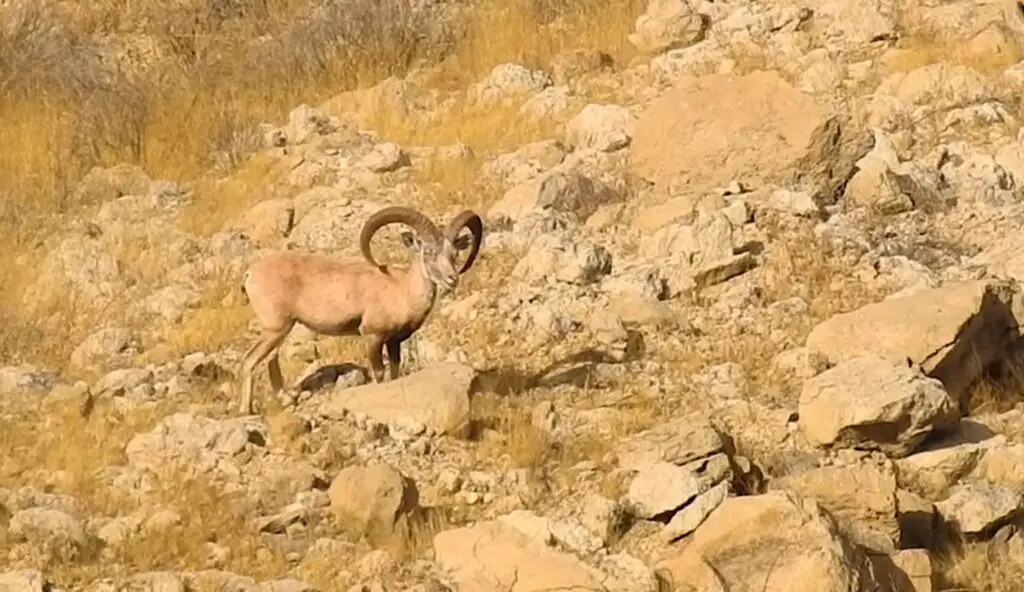
In 1977, 1,480 wild goats, 430 Urials, and 2,141 Chinkaras were counted in the Kirthar National Park and the adjacent Surjan, Sumbak, Eri, and Hothiano reserves. There are now over 5,000 wild goats in the park, about 1,250 urials, about 150 Chinkars, and another 400 wild goats, and 70 Urials in the reserve.
A helicopter survey conducted in November 2000 yielded estimates of the total population of three large native ungulates in the park. The Sindh ibex population was estimated at 13,155 ± 2,460 and was concentrated in the Khirthar range, with lower concentrations in Khambu and Dumbar and small numbers elsewhere; higher altitudes appear to be critical for this species.
The population of Sindhu was estimated at 10,425 ± 675 and was concentrated in rocky places with characteristic vegetation mainly near Khar and Dumbar, with small numbers elsewhere. The Chinkar population was estimated at 1060 ± 580 and was concentrated in the lowlands where it shared most of its habitat with agriculture.
The KNP populations of all three species are of conservation importance. In October 1984, 15 blackbucks were brought to the Khar Visitor Center from the US for captive breeding. The species is planned to be introduced into the park.
Mammals:
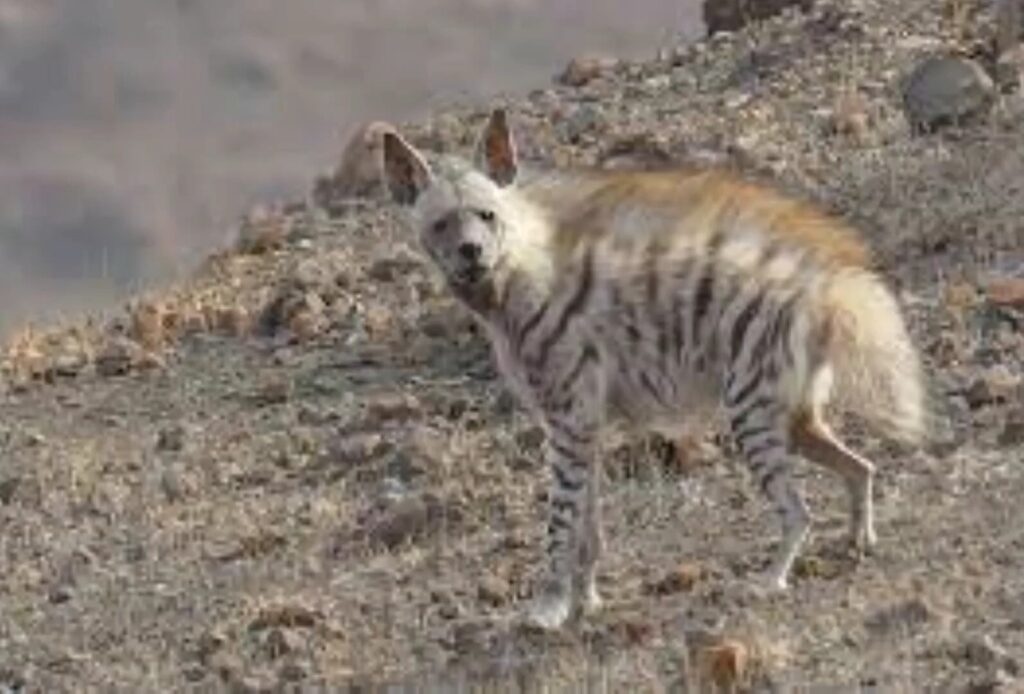
Total number of species: 34
Mammals in the park include——–
- Sindh Leopard (T),
- Naked Hyena (T),
- Desert Wolf (T),
- Indian Fox (C),
- Sind Wild Goat (C),
- Blandford’s Urial (V),
- Honey Badger (R),
- Indian Pangolin (R),
- Caracal (T),
- Jungle cat (C),
- Jackal (C),
- Chinkara Gazelle (V),
- Black Buck (reintroduced) (R),
- Hedgehog (C),
- Porcupine ( C ),
- Indian Gray Mongoose (C),
- Cairo Spiny Mouse and
- Rock Mouse (C).
Note: T=Endangered, V=Vulnerable, R=Rare, C=Common, ?=Unknown.
Birds:
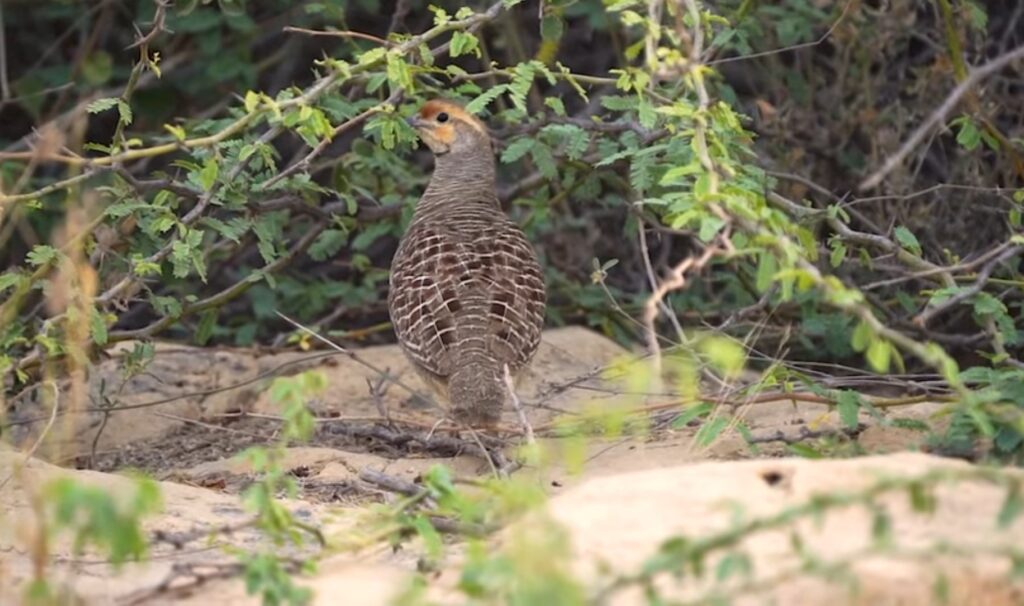
Total number of species: 58
Birds in the park——-
- Lammegier vulture ( winter migrant ),
- Bonnelli’s eagle,
- Imperial eagle,
- Brown eagle,
- Golden eagle,
- Griffon vulture,
- White-headed vulture,
- Egyptian vulture,
- Black-headed vulture,
- Peregrine falcon,
- Red-headed kestrel,
- Common Grouse
Reptiles:
- Rock python,
- Sind cobra,
- Russell’s viper,
- rock adder,
- Sind krait,
- king rat,
- turtles,
- desert monitor,
- yellow monitor,
- Sind crocodile (probably extinct) and
- various species of lizards and chameleons.
HOW TO GET TO KIRTHAR NATIONAL PARK?
Kirthar National Park is located in the Kirthar Mountain range and is almost 160 km from Karachi via Karachi-Hyderabad highway (M-9). The Indus Highway runs southeast of this nature reserve, while the northwest side is connected to the RCD Highway (N-25).
The journey to Kirthar National Park generally requires a 4×4 jeep as the roads leading to the mountains from the highways are mostly rocky. Karchat and Khar are the two main entrances to the park depending on the traveller’s itinerary.
Khar remains the most common entrance as it is connected to Kirthar Park Road which is well paved and easily accessible by any automobile. However, if you’re feeling brave and up for some serious adventure, you can opt for Karchat. The roads that connect from Karchat to Kirthar National Park are bumpy and not properly marked. These roads are passable only by 4×4 jeeps. It’s best to have a map handy in case you decide on the second option.
Meanwhile, several travel companies in Karachi offer deals for Kirthar National Park for both individuals and groups. The package usually includes all necessary equipment such as food, water bottles, travel permit, accommodation (sleeping bags and blankets), guide, and transport to and from the city. However, accommodation is usually offered in campsites/tents, but you can request a room as there are guesthouses near the nature park.
On the other hand, if you are considering camping, you need to know that it has its pros and cons. Let’s say that as part of the pros, you will sleep under the open sky and experience what you have always watched on the National Geographic Channel. On the downside, you might have a bit of trouble adjusting to public toilets – but you can take our word for it that it will all be worth it in the end.
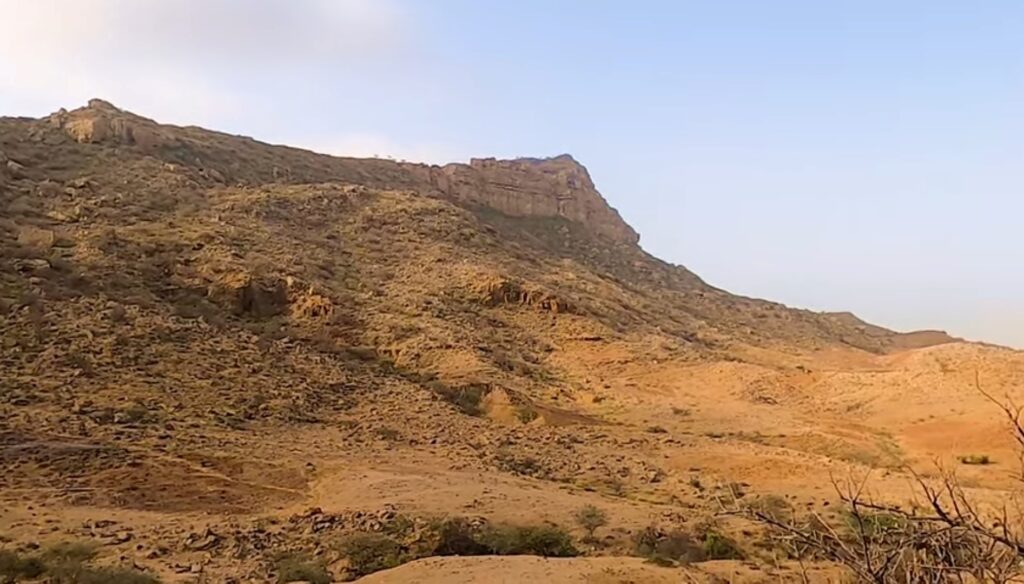
THE BEST TIME TO VISIT KIRTHAR NATIONAL PARK
Due to its connectivity with the coastal areas, Kirthar maintains a moderate temperature. The climate is no different from the rest of Sindh. Therefore, it gets a little warm and dry during the summer. The temperature rises from March to August, but these months are the best to enjoy the natural beauty of the area as the flowers are in full bloom.
As many travelers have suggested, the best time to visit Kirthar National Park is between October and January as the temperature is significantly cooler and easier to get around.
COST PER PERSON TO VISIT KIRTHAR NATIONAL PARK
Kirthar National Park is an exclusive tourist destination in Sindh that requires special permission from the Sindh Wildlife Department. So it is best to tag along with the travel agency to avoid any hassles. The cost per person to visit Kirthar National Park with a traveling group is usually anywhere between PKR 10,000 to PKR 18,000, depending on the services and duration of the tour.
WHAT TO PACK WHEN VISITING KIRTHAR NATIONAL PARK?
Here is a list of essential things you should have when visiting Kirthar National Park:
- Raincoat (in case you are visiting during monsoon)
- Sunscreen
- Comfortable clothes and running shoes
- Sunglasses
- Flashlights or lighters
- A spare pair of clothes
- Sheets
- Toiletries
- Empty bottles
- Light blanket
- Power banks
KNOW BEFORE VISITING KIRTHAR NATIONAL PARK
If you’re interested in this adventure, there are a few things you should know. For starters, there are few accommodations and essential facilities in the park, so it’s best to book in advance. Also, it would be best for you to bring personal camping and sleeping bags.
Most travelers are usually charmed by the park’s isolation and wilderness, but it can bring potential concerns for those unprepared for complete silence and perhaps some howling at night. Here are a few more things:
- Be well prepared for hiking and trekking. Take first aid kits, pain relievers, and prescribed medications.

